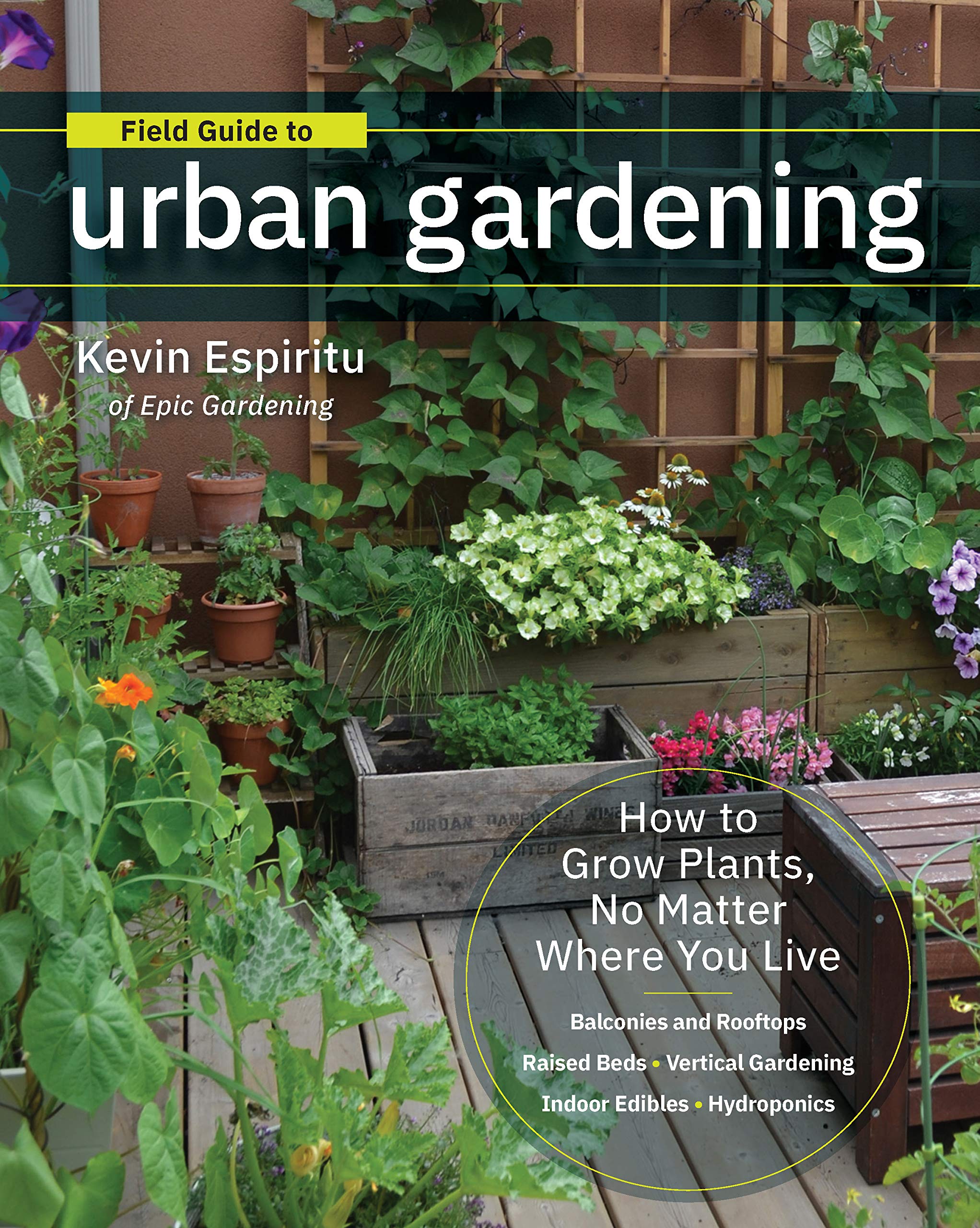City Blooming for Dummies
City Blooming for Dummies
Blog Article
9 Easy Facts About City Blooming Explained
Table of ContentsThe Ultimate Guide To City BloomingThe Basic Principles Of City Blooming The smart Trick of City Blooming That Nobody is DiscussingCity Blooming Things To Know Before You BuyHow City Blooming can Save You Time, Stress, and Money.
Nature has extraordinary results on our physical and mental wellness, so it's no shock that a simple succulent on a desktop computer or some potted herbs on a windowsill can promptly improve an area. Take those plants a step better, and you'll cross into the territory of metropolitan horticulture, which brings a lot more benefits to individuals and areas alike.What Are Urban Gardens?Urban horticulture, sometimes understood ascity horticulture, is defined as "the process of cultivating environment-friendly areas in metropolitan setups. "It encompasses a selection of projects from urban farming to patio area gardens to community gardens - indoor plants. Urban gardens can be tended by individuals, groups, companies, or organizations. The amount and variety of food expanded can differ extensively, as well as the dimension of the project itself, however city gardening initiatives are all rooted in a city setup.
Whether they contain a collection of pots on a veranda or a cluster of plots on a vacant lot, these yards supply even more than food, providing a host of environmental, economic, and social advantages. Since fruit and vegetables is expanded in neighborhood settings instead of far-away ranches, urban horticulture minimizes transport demands, as a result lowering carbon emissions.
Facts About City Blooming Revealed
Lasting and natural agriculture removes or minimizes a lot of the environmental injury that would certainly be sustained by commercial farming techniques. Eco-friendly spaces in cities assist lower the urban heat island impact. Urban agriculture boosts neighborhood economic situations and supports neighborhood food manufacturers. Area horticulture projects commonly supply food at little or no charge, which helps reinforce food spending plans and increase food safety. Urban yards can be tools of social adjustment that address inequities, systemic racism, and community development problems. Right here at Hunger For Modification, we utilize food as a device to develop health and wellness, wealth, and social change in North Minneapolis. We bring people together to learn, cook, consume, and expand food, developing change that lasts.
Together, we can develop well-rooted and growing change!.

The key lesson we, once again, should learn is that cities are not separated from nature. https://padlet.com/debbyaragon26632/city-blooming-1nuord7g4kxm3cll. While these areas of research advertise cities as valuable, no city is perfect not even close, and the vulnerabilities and interconnections of the worldwide supply chain has actually affected all of us in unpredicted methods.
Get This Report about City Blooming
I will check out versions from the past that advertised city yards and gardeners, and show what worked and what did not. I will discuss the possibilities and obstacles of being a city gardener, what is needed to establish a yard of your very own, and what legislations and requirements stand in the means of making cities better at promoting urban yards.
The quantity of time squandered getting to and from traditional work environments has been well recorded. One remarkable research study wrapped up that before the pandemic, Americans squandered a standard of 54 hours a year travelling. The accumulated adverse impacts of pollution and stress and anxiety that arise from travelling alone by automobile as many Americans do are substantial.
The capacity to come to the office for partnership and society, and stay home for concentrated work is a concept that saves time, is better for the atmosphere and is a smarter usage of limited resources. What hasn't yet taken hold is the link in between these modifications in habits and how cities can react.
The Buzz on City Blooming
What are the health and wellness effects of our cities suddenly overdesigned for automobiles? Exactly how can our city facilities (roadways, utilities) do far better, not just as conduits to relocate individuals and products, but as contributors to all-natural systems? Urban phenomena such as smog, bad water high quality and the 'warm island impact' can be mitigated by greening our streets, electrifying our cars and growing our car park.
In a recent write-up in the Wall Road Journal, Richard Florida reviewed the phenomenon of 'zoom cities,' which attract remote employees by creating a photo of a greater top quality of life (indoor plants). He composed: "For cities, remote work transforms the emphasis from luring firms with special deals to drawing talent with solutions and services
Urban gardening now has many choices to help you expand food anywhere you have space, such as with container gardening, hydroponic gardening, and roof horticulture. This suggests you can control the location where you expand the food, and fret much less about environmental problems like drought or winter. You can pick what you wish to expand, exactly how you wish to grow it, and where you wish to expand.
Excitement About City Blooming
Growing mass-produced food with conventional farming approaches takes a great deal out of the world. Beyond the several sources that are utilized on the farm, the food after that has to be transported from where it is expanded to a store near you. That calls for shedding a lot of gas. Usually in the united state, food is now delivered between 1,500 and 2,500 miles to get to the customer.

Report this page